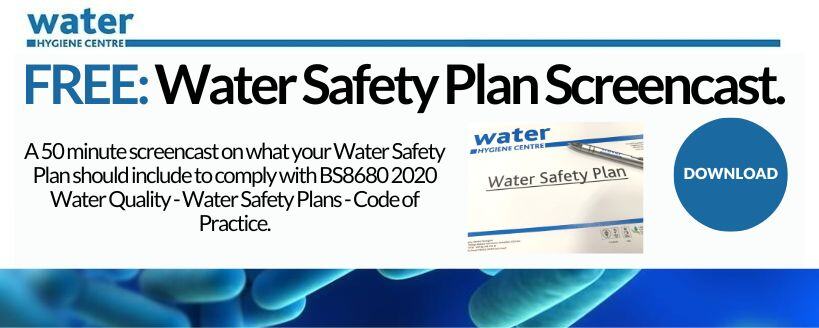Historically, the interface between stakeholders involved in projects (i.e. new developments or refurbishments) and the Water Safety Group [WSG] has always been somewhat limited. This may be due to the key personnel’s availability to attend scheduled WSG meetings or simply that the involved parties do not appreciate or understand the level of interaction required to deliver a “safe” and compliant project.
BS8680 – what does the guidance say?
BS8680 Section 4.8 states: “During design, the responsibility for water safety rests alongside all design health and safety matters under the Construction (Design and Management) Regulations 2015 is with the principal designer who is required to plan, manage, and coordinate the planning and design works and the principal contractor who is required to plan, manage, and coordinate the construction work.”
The project Water Safety Plan [WSP] should include a definitive process that ensures the Principal Designer works closely with the client (through the WSG) to develop a clear brief for water systems design, whether it be a new build, refurbishment, or alteration to an existing system. This should include a clear understanding of the operating conditions and requirements and for Water Safety / Legionella risk assessments to be prepared at each stage of the project through installation and commissioning and issued to the WSG for review and feedback.
Water Safety Top Tips
Collaboration between the project stakeholders (i.e. Project Managers & Principal Designer) and the WSG is paramount to the success of each project. The WSG has a collective responsibility to ensure that the correct protocols are followed and that any potential issues are addressed at the design stage and subsequent stages of the project. Failure to identify potential issues because of poor design, limited interaction and poor communication can lead to unnecessary, costly rectification works and puts the public, end users and patients at risk from an unsafe system.
Examples of areas to focus on would be:
- Are the most current legislation/guidance/standards known and being followed? e.g., HSE ACoP L8, HSG 274 Part 2, BS8558, BS PD855468, BS8580 Part 1, BS8580 Part2
- Has consideration been given to the quality of the source water, to the intended use of the water and the outlets based on the particular users/occupiers?
- Have Legionella risk assessments been completed…? has a scald risk assessment been completed - Do we need all the TMVs that have been proposed?
- Has consideration been given to the monitoring of HWS principal and subordinate loops via a remote/ Building Management System [BMS] or a remote stand-alone monitoring system, as these points are often not easily accessible and do need to be monitored.
- Is there adequate isolation available throughout the system to assist with routine maintenance?
- Are all materials and fittings for the project suitable/approved for use within potable water systems?
- Are all water hygiene companies/contractors and those employed to work on water systems competent for the project and do they have industry recognised qualifications and membership of a relevant governing body to show competency?
Learn more about our Management Training - Role of the Authorised Person: (Design)
Other Water Hygiene Considerations
Many organisations often have multiple projects “on the go” at the same time and managing all these live projects can be very challenging. Each WSG will have a set amount of time, coupled with the frequency of the meetings e.g., monthly/quarterly, to work through a full agenda reviewing operational compliance issues.
Often, where there are several projects in progress the amount of supporting documentation being shared/presented at the WSG, there is insufficient time to review/scrutinize the sheer volume of data.
To give WSG members sufficient support and resources to review project data/information, ‘Project Water Safety Groups’ (PWSG]) should be established as a short-term working group. These PWSG can then provide updates to the WSG for review and approval.
The PWSG would include core members from the WSG, such as (but not limited to) the Responsible Person (Water), Authorised Persons (Water), Infection Prevention Control Team, Estates Officer, Project Managers and the Authorising Engineer (Water).
Conclusion
Getting it right first time, every time is of utmost importance. We should all be aiming to achieve 'As Low As Reasonably Practicable: ALARP'. The cost of getting it wrong and having to rectify faults at a later stage can be costly, time-consuming, and is nearly always avoidable!
Feel free to reach out if you have any questions about the issues mentioned above or if you would like to consult with one of our experts on water hygiene.
Editor’s Note: The information provided in this blog is correct at the date of original publication – June 2022. (Revised July 2024)
© Water Hygiene Centre 2024









